 Vince waxes philosophical and discovers the secret of life—death. 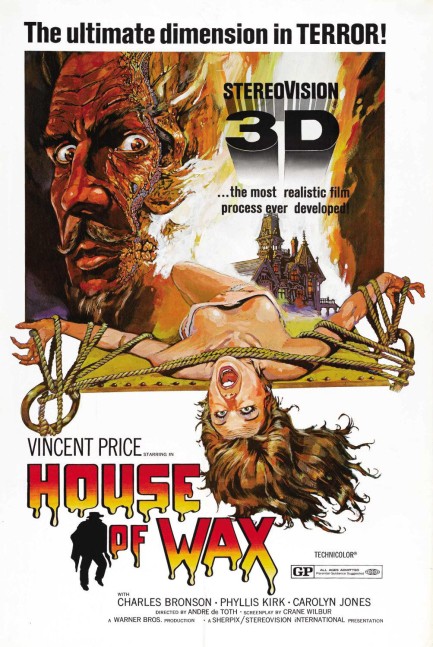
House of Wax, which was produced by Warner Brothers and premiered today in 1953, was the first 3D production by any major studio. It's a period piece set in Victorian New York City starring Vincent Price as the creator and half owner of a historical wax museum. Unfortunately, his focus on history leaves the public nonplussed, and his partner Roy Roberts, who needs capital, sets the place aflame for the insurance money. Price is burned and driven insane. Well, actually he was insane before the fire, but in a cute way. He talked to his wax figures and thought they talked back.
But after the fire he's a barking psychopath, running around nighttime Gotham behatted and cloaked like Lamont Cranston. His goal? Revenge, of course, a craving solved early in the proceedings when he pitches Roberts down an elevator shaft with a rope around his neck. But what next? What does one do once vengeance is thine? Well, you build a new wax museum, except this time you surrender to prurient tastes and create displays of modern murder and the macabre. Screw that high-minded history crap.
Everything goes fine until Phyllis Kirk begins to suspect that the extraordinary realism of the wax figures is due to more than just artistic talent. Her suspicion is a screenwriter's concoction—there's no way a person could realistically make the leap Kirk does in believing Price guilty of heinous crimes. The script literally calls it a woman's intuition. Well, okay. But in our experience that's a myth, and it's possibly even insulting when used as substitute for intelligence, so maybe just put a realistic clue in the script and write Kirk's character as very smart instead. In any case, she's definitely nosy as hell, and that's the beginning of the end for vicious Vince.
House of Wax has many things going for it. The sets and costumes are extravagant, the early fire sequence with its melting wax figures is genuinely unsettling, the WarnerColor developing process is attractive, and the acting is uniformly competent, even by that six-foot three-inch Hillshire Farms ham Price. And it's fun to watch Charles Buchinsky, aka Charles Bronson, as the mute assistant Igor. In the end the House of Wax works. Add popcorn, a few friends, and about of case of beer and you'll have a great Saturday night. 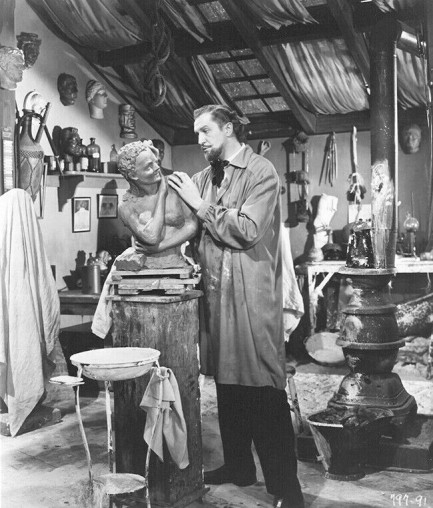 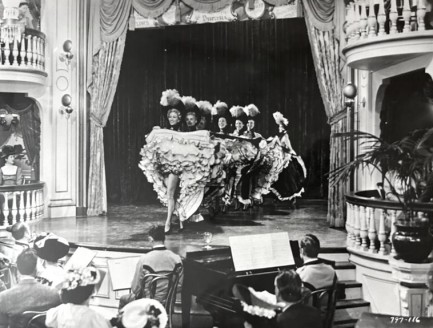 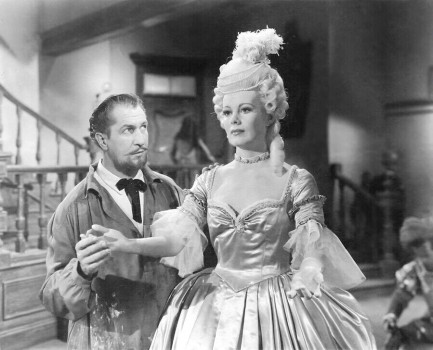  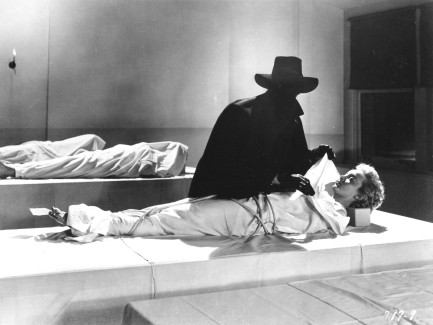 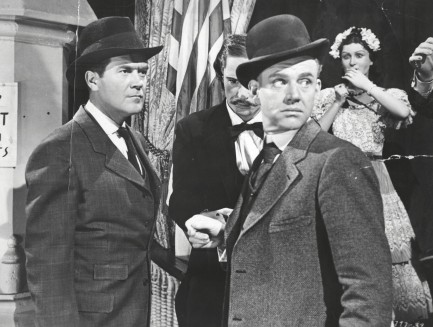 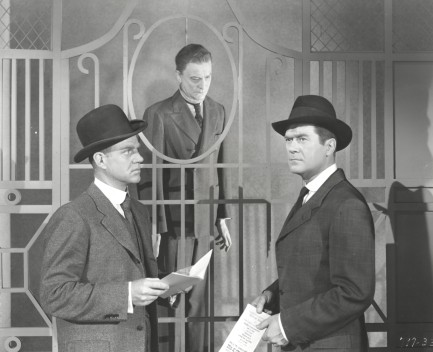 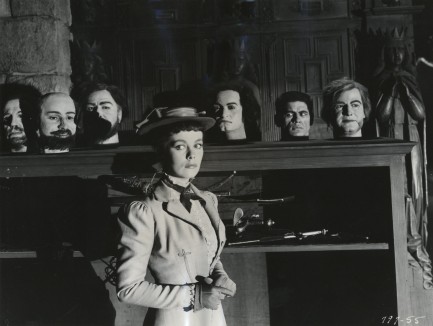 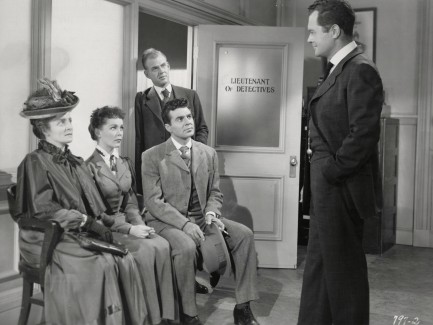 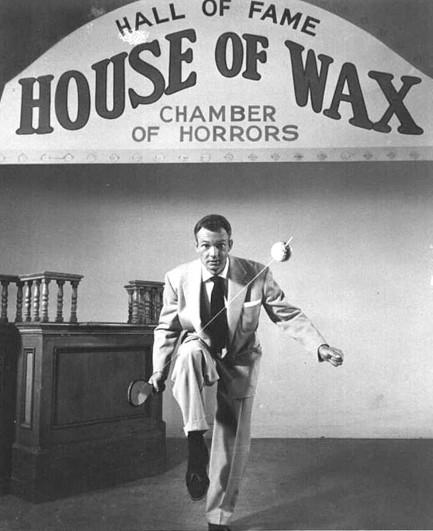 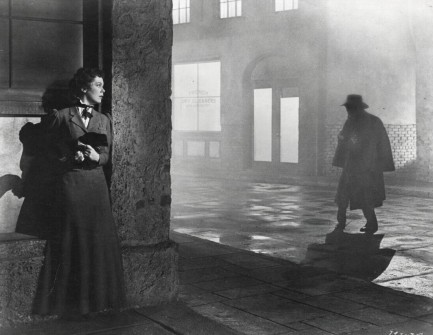 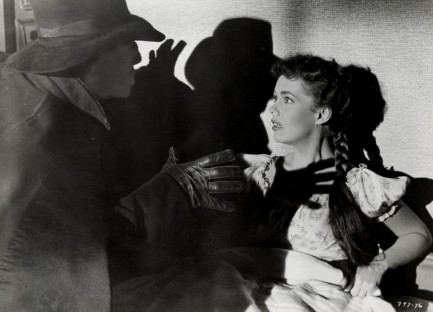 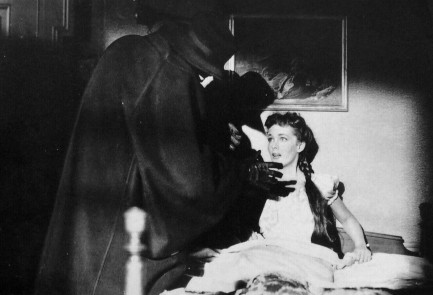 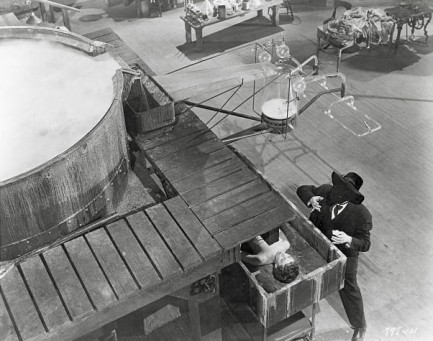 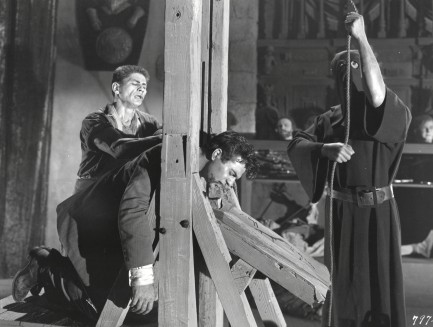 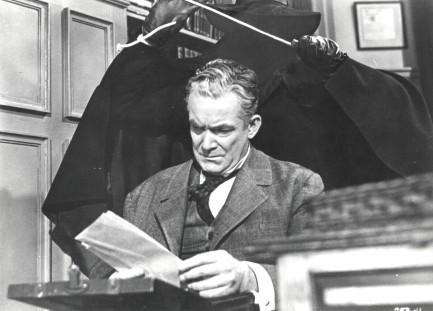 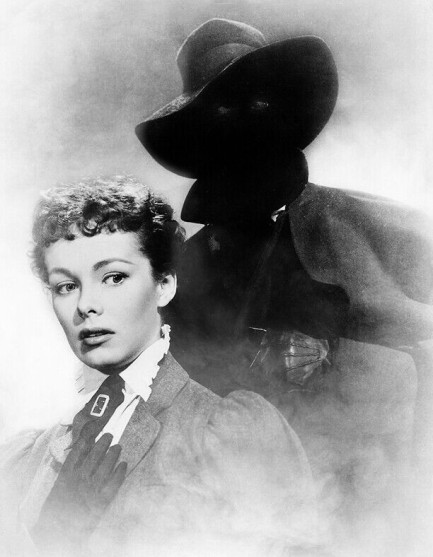
 Portrait of the actress as a young woman. 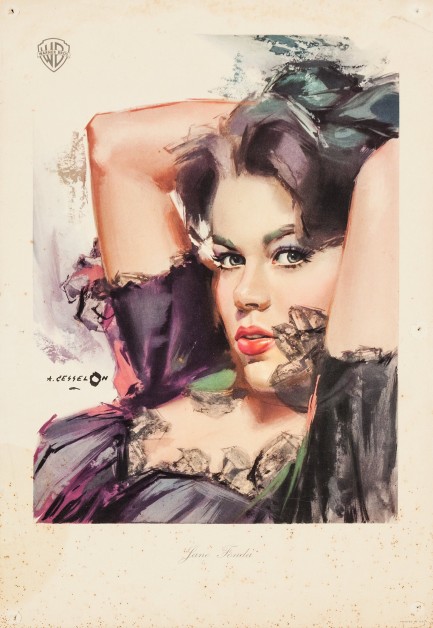
This Warner Brothers promotional portrait of U.S. actress Jane Fonda was painted by Italian master Angelo Cesselon for her 1960 film Tall Story, which premiered today in 1960 and later played in Italy as In punta di piedi. It's an amazing piece, and we especially like the green hair and eyebrows. Cesselon produced several of these featuring various stars of the period. We may share those later. We've already shown you plenty of his posters and paperback covers. To see those, just click his keywords below.
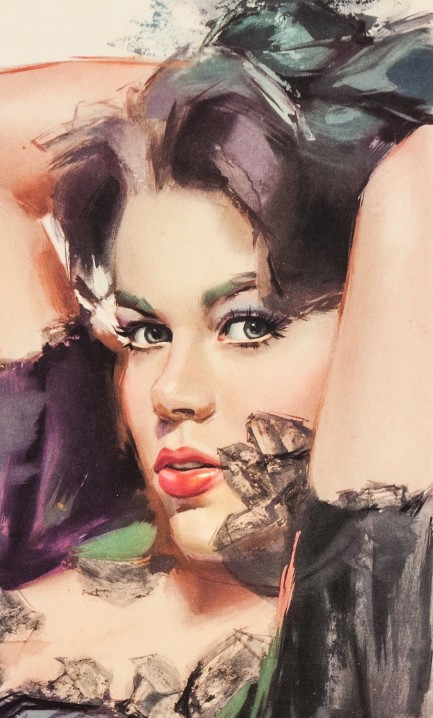
 Well, Mr. Warner, I dressed like a vampire because I wanted to look like a bloodsucker when I came to talk with one. 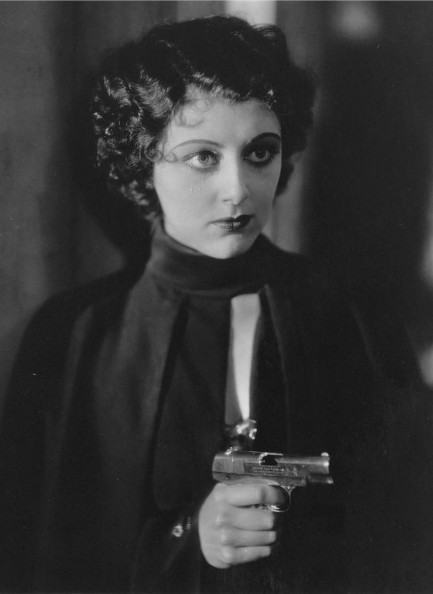
We wonder if the cape will ever come back into fashion. High-waisted pants did, so we imagine anything could. U.S. actress Ann Dvorak shows how to rock a cape as she brandishes a pistol in a promo photo made in 1932 when she appeared in the classic crime movie Scarface. It's considered one of the more significant American films, and every movie buff should see it. Dvorak also starred in such films as The Case of the Stuttering Bishop, Stranger in Town, Heat Lightning, and Three on a Match. The last film was significant for her career. Due to a legal dispute she discovered that Warner Brothers had paid her the same for her leading role as they had paid Buster Phelps, the child actor who played her son and wasn't even credited. Needless to say, Dvorak was unhappy, and eventually went indie in order to control her own career. She wasn't able to secure the best roles anymore, but maybe she at least got a little satisfaction, even if she didn't shoot Jack Warner.
 Will His Majesty be cleaning the bathroom today? Because His Majesty's wife will not. 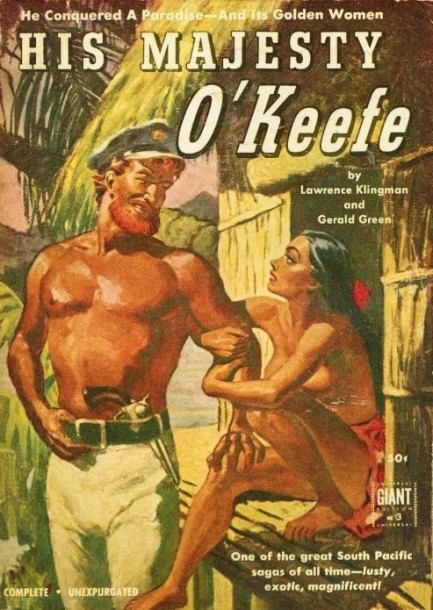
We've spent some time in tropical countries, which makes it hard for us to resist books with tropical settings. The above, His Majesty O'Keefe, is amazingly obscure considering it was made into a 1954 film by Warner Bros. starring Burt Lancaster. What you get here is a fictionalized account of actual Irish American roustabout as David Dean O'Keefe, who in 1870 flees a murder charge in Georgia by sailing away to the other side of the world. He ends up on the island of Yap, then part of Spanish East India, today part of Micronesia, and establishes himself as a respected copra trader. Other South Seas books tend toward irony and tragedy, but here O'Keefe achieves amazing success. From Yap he expands his trade to other islands, and becomes known as the King of Yap, the Monarch of Mapia, and the Sovereign of Sonsorol.
In addition, he's an enlightened type. We don't know if that part is true, considering the book was written nearly a lifetime after the real O'Keefe's death, and considering the authors Lawrence Klingman and Gerald Green seem to have a bone to pick with Germans, who are portrayed as racist brutes. We can understand that. It was published only five years after World War II, but weren't all colonials racist brutes? We suspect O'Keefe is portrayed better than he really was in order to create contrast with the hated Germans. The real O'Keefe ran Confederate cargos through Union naval blockades during the U.S. Civil War, so how enlightened could he have been? But it's possible he was opportunistic more than he was political. Or the blockade busting could have been pure fabrication. O'Keefe said so when investigated in 1867, but then what would he say?
But whatever—we're talking about the book, and we'll take the respectful and equality-minded character here over the bigoted heroes that tend to dominate novels set around this period. We're still reeling over Slave Ship. We won't go into how Klingman and Green conclude their story. We'll just say the result is pretty entertaining. We suspect the movie version is g-rated by comparison, and for sure it will be a whitewash historically, but we're going to look for it and have a watch. It has Lancaster, after all, and he's one of the reliable indicators of quality in vintage cinema—he's no Bogart or Cary Grant, mind you, but his movies tend to be good. We'll report back. His Majesty O'Keefe was originally published in 1950, and this Universal Giant edition came in 1952 with cover art by Warren King.
 Bogart and Bacall mix love and career. 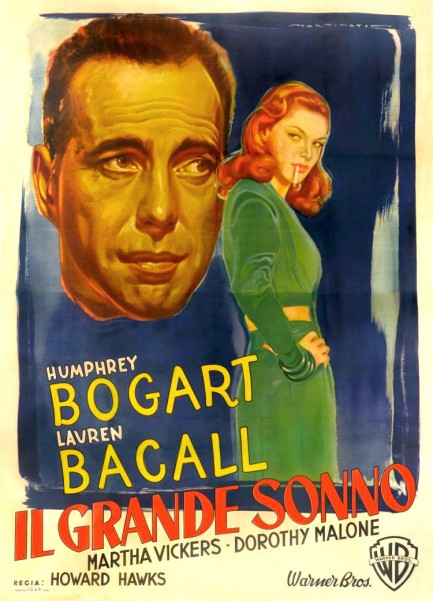 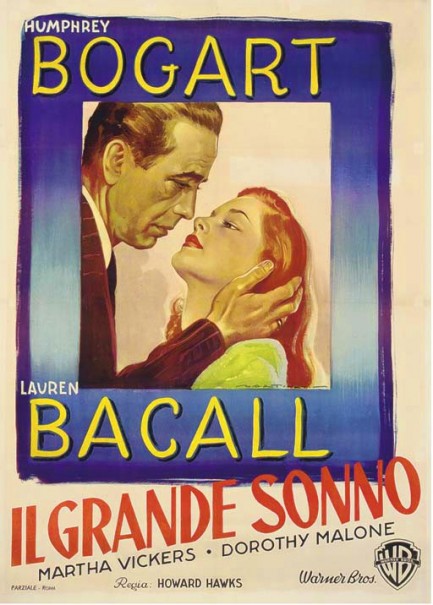
Above, two Luigi Martinati posters for Il grande sonno, aka The Big Sleep, with stars and spouses Humphrey Bogart and Lauren Bacall. These posters are more colorful than the U.S. versions because Warner Brothers had cut back on printing costs due to World War II. But when the film came out in Italy today in 1947 a full palette of color had returned to the mix. See a small collection Martinati's great work here.
 She captures your attention from the first sentence of the first paragraph. 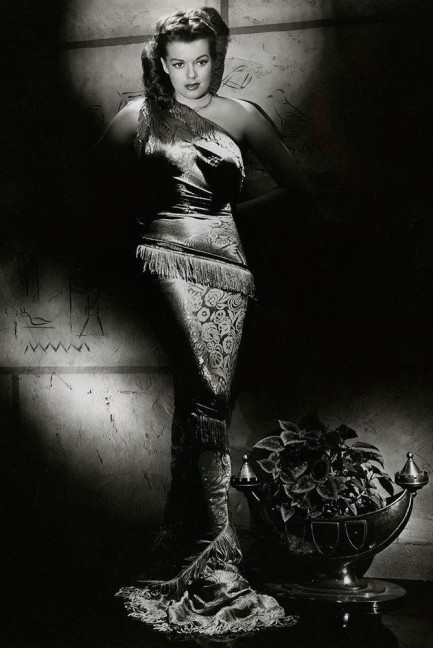
She was born Donna Mae Tjaden, but launched her show business career as Janis Paige, and under that name appeared in films like Of Human Bondage and Fugitive Lady, before transitioning almost exclusively to television around 1953. The above photo is credited as being from the “1950s,” which seems a bit broad to us. We can do better. The back tells us it's a Warner Brothers promo, and as we mentioned, Paige moved into television in 1953. We think the photo is most likely from 1950. Paige starred in the Warner crime drama This Side of the Law that year.
 In L.A. you need all the help you can get staying afloat. 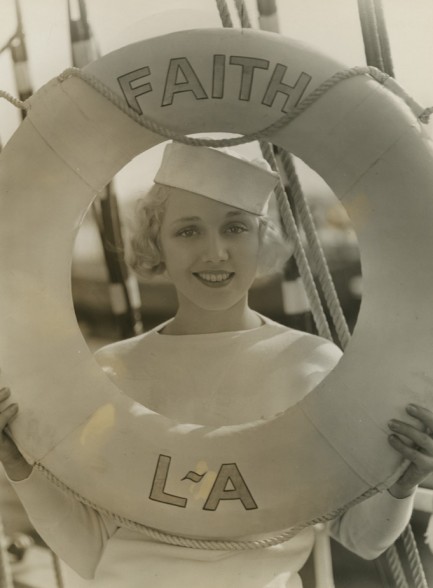
Hollywood can be so rough you sometimes need a life preserver even on dry land, which we assume is why model, vaudeville performer, and film actress Leila Hyams has a firm grip on one in this Warner Brothers promo image. She appeared in more than fifty films in a dozen years during a very successful career, including 1932's Island of Lost Souls, so the floatation device seems to have worked.
 It's incredible what the Southern California sun can do to your skin. 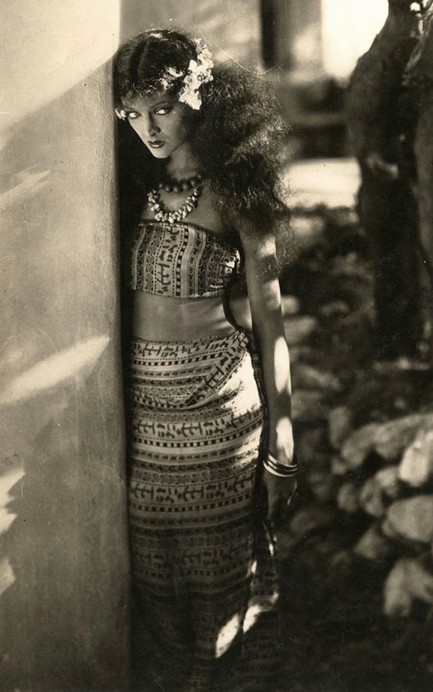
Myrna Loy goes for sultry and inscrutable in this promo photo from her pre-Code silent movie Across the Pacific, in which she plays a half-Filipina girl named Roma. Yeah, it's a stretch, but she does look quite sexy with frizzed out hair and dark skin. All prints of Across the Pacific (not to be confused with the later Humphrey Bogart movie) are considered lost, but Loy was at the beginning of a long career that would encompass scores of movies and span a remarkable seven decades, so there's no shortage of opportunities to see her work. This image is from 1926.
 You know how movie stars sometimes say they wish they could be anonymous? Welcome to the cover of V. 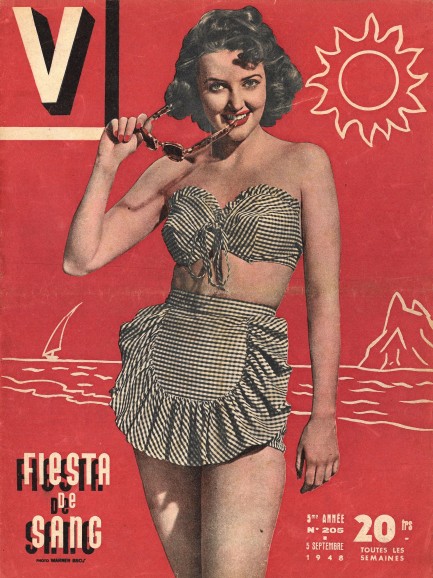
This issue of V was published today in 1948 and features art by Jean David, which accompanies, as always, celeb content and bit and pieces of French culture. As we've noted before, writers like Hilary Conquest and others often don't bother to identify the movie stars in these issues because they're ancillary to the text. For example, the story “Pour l'amour de Tex Julia,” talks about actual women of the Old West, with photos of Jane Russell and others serving merely to illustrate. However the magazine does at least identify Barbara Bates, Juliette Greco, Yvonne DeCarlo, and Olga San Juan. You can probably guess where we're heading with all this—the person on the cover is unidentified. The editors always did this, and it's a bit maddening. Yes, we know—we should recognize this person, us being a nostalgia website and all, but there are a lot of vintage actresses. It's difficult to know all their faces definitively. Have an idea on this one? Drop us a line at editor@pulpinternational.com. The photo is a Warner Bros. promo, and you already have the year. 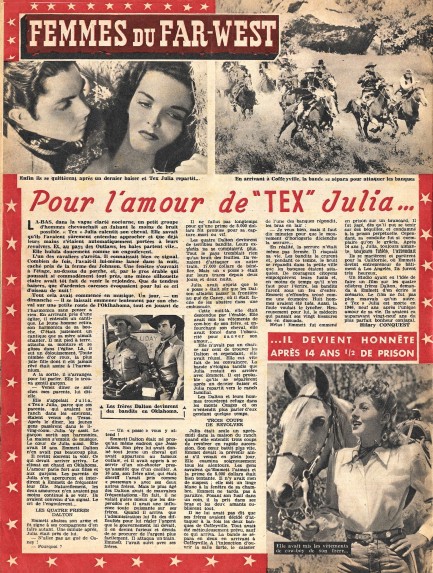 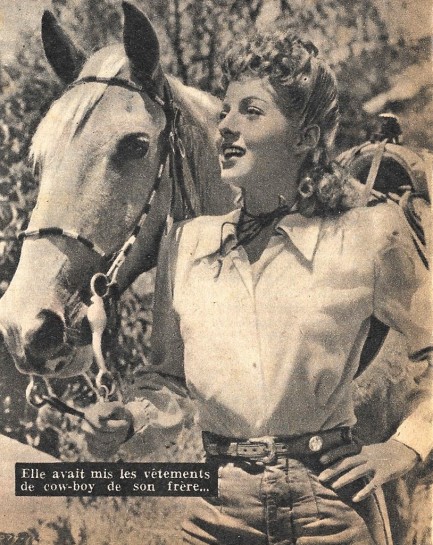 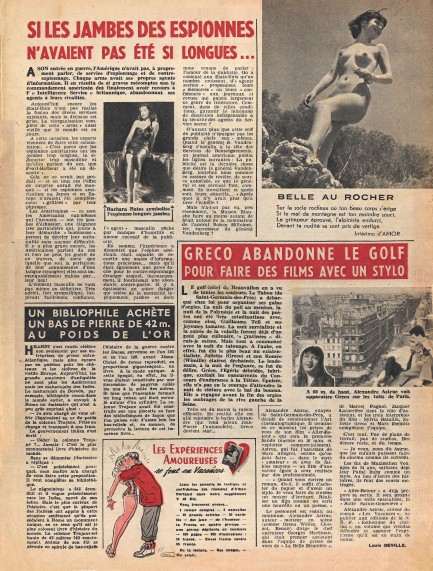 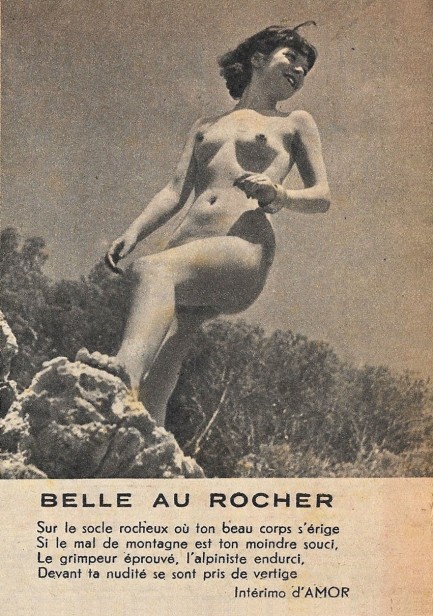 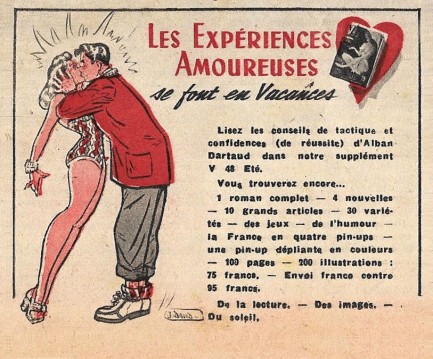 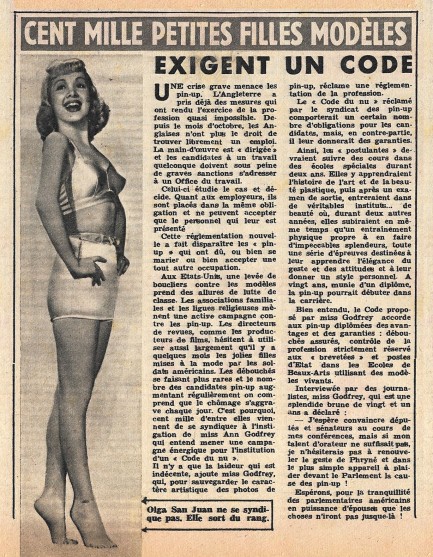 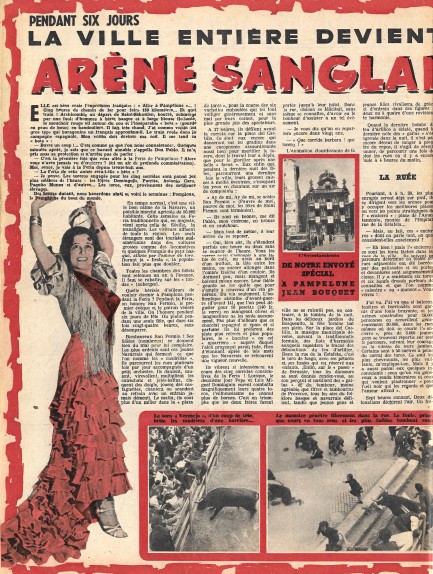 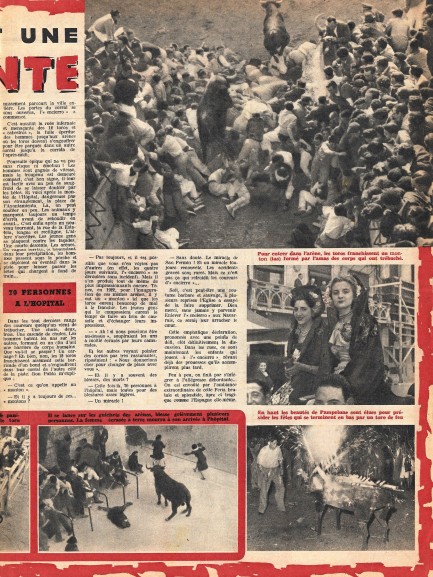 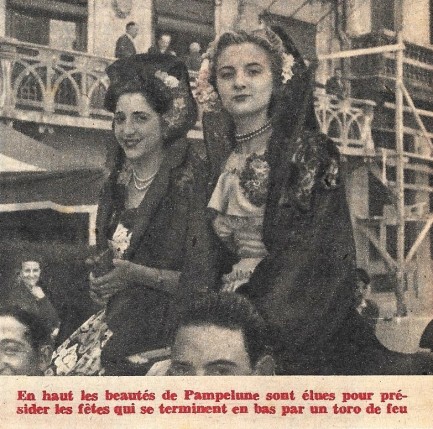 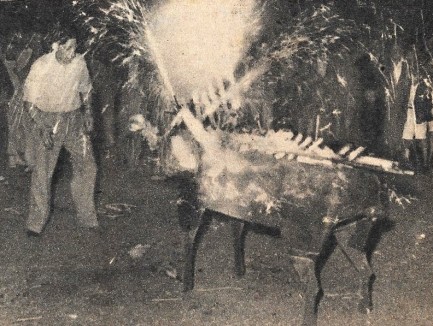 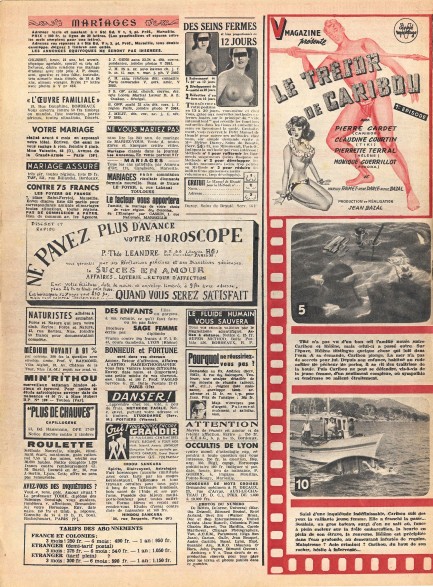 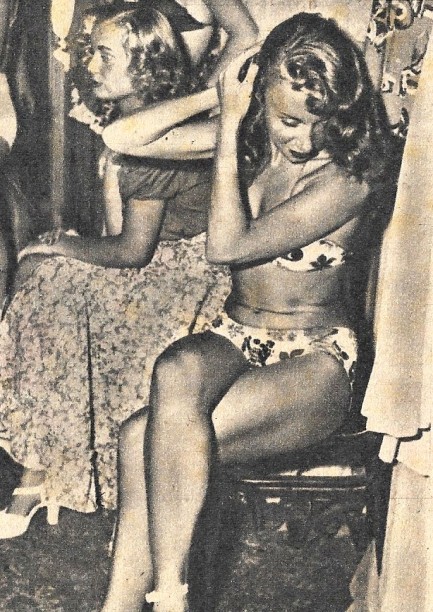 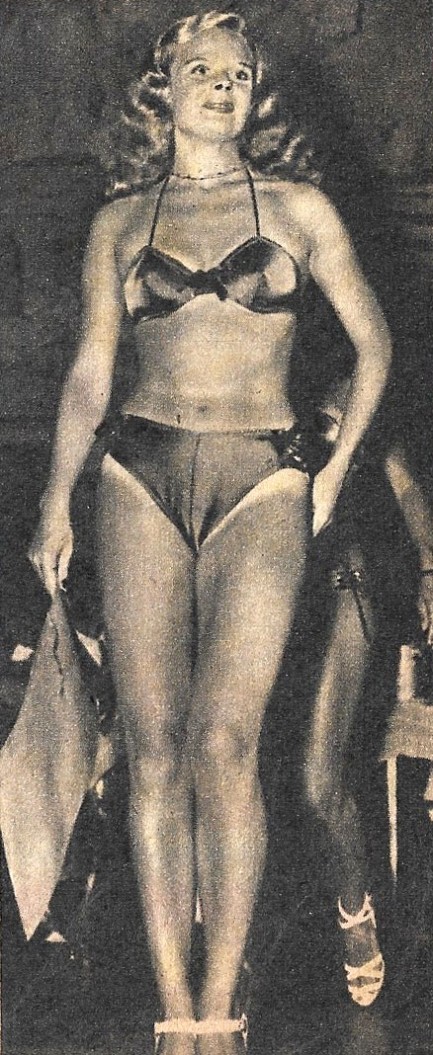 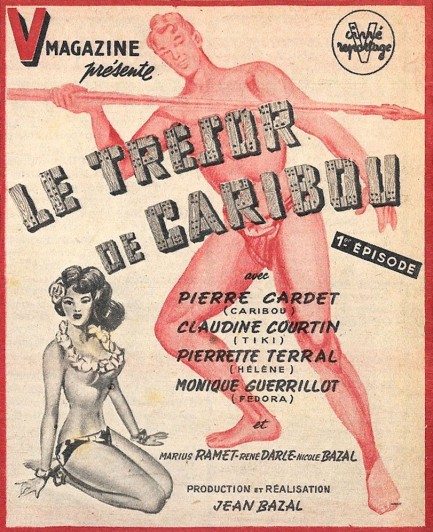 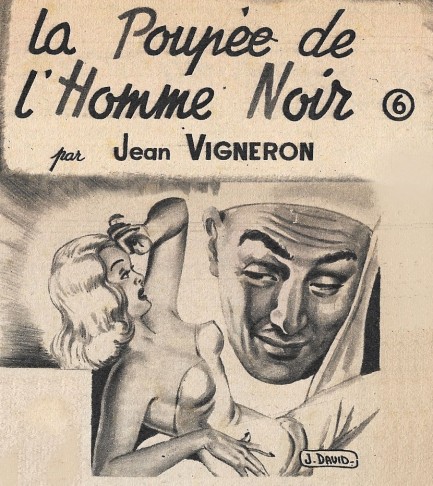 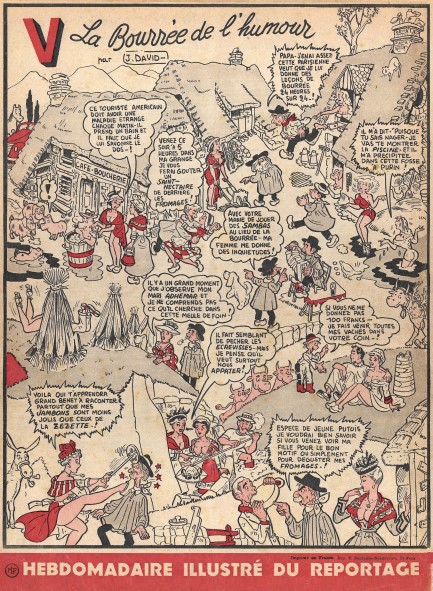
 Romance between two musical geniuses hits a few unexpected sour notes. 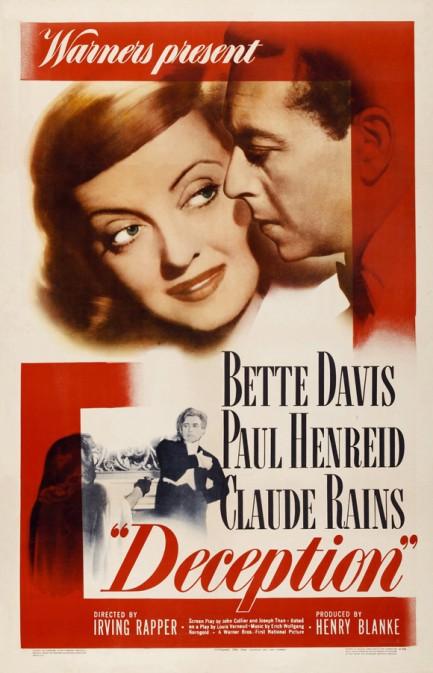
Classical musicians separated during the chaos of World War II are reunited in New York City, but the woman neglects to mention to her fiancée that she's acquired a lover and sugar daddy who happens to be a world renowned composer. Bette Davis gives a confident turn as a gifted and successful pianist, while Paul Henreid as her cellist fiancée and Claude Rains as the jilter lover are both excellent. The latter two actors also featured in Casablanca, and Deception bears some similarities to that earlier film in two ways—Henreid is lost during war and presumed dead, leading his love to turn to another; Rains is a caustic smartass, something he does really well. Another aspect of Deception we enjoyed was how much work went into making Davis and Henried perform like master musicians. In Davis’s case, she fakes it on piano just long enough to pass the eye test, while Henreid had a hidden cellist insert his arms through a modified jacket and play the parts blind. It’s an, um, deceptively simple solution that worked perfectly. Deception didn’t perform well at the box office when released in 1946, but time has been kind to it, and criticisms have waned. At the very least you may want to watch it to get a gander at Davis’s spectacular loft apartment. 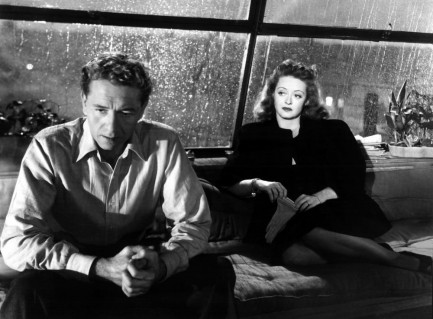 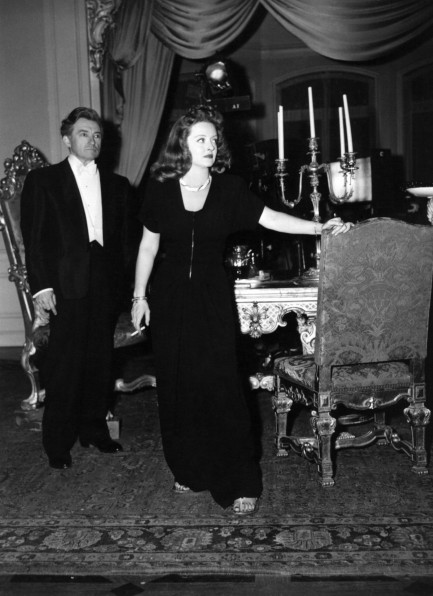 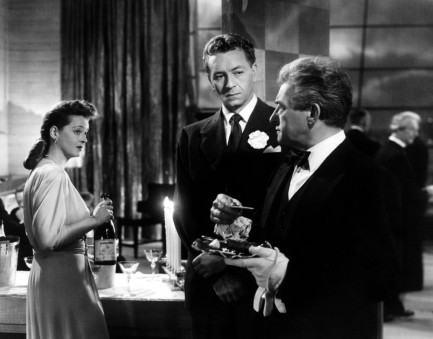

|
 |

The headlines that mattered yesteryear.
2003—Hope Dies
Film legend Bob Hope dies of pneumonia two months after celebrating his 100th birthday. 1945—Churchill Given the Sack
In spite of admiring Winston Churchill as a great wartime leader, Britons elect
Clement Attlee the nation's new prime minister in a sweeping victory for the Labour Party over the Conservatives. 1952—Evita Peron Dies
Eva Duarte de Peron, aka Evita, wife of the president of the Argentine Republic, dies from cancer at age 33. Evita had brought the working classes into a position of political power never witnessed before, but was hated by the nation's powerful military class. She is lain to rest in Milan, Italy in a secret grave under a nun's name, but is eventually returned to Argentina for reburial beside her husband in 1974. 1943—Mussolini Calls It Quits
Italian dictator Benito Mussolini steps down as head of the armed forces and the government. It soon becomes clear that Il Duce did not relinquish power voluntarily, but was forced to resign after former Fascist colleagues turned against him. He is later installed by Germany as leader of the Italian Social Republic in the north of the country, but is killed by partisans in 1945.
|

|
|

It's easy. We have an uploader that makes it a snap. Use it to submit your art, text, header, and subhead. Your post can be funny, serious, or anything in between, as long as it's vintage pulp. You'll get a byline and experience the fleeting pride of free authorship. We'll edit your post for typos, but the rest is up to you. Click here to give us your best shot.

|
|































































































































